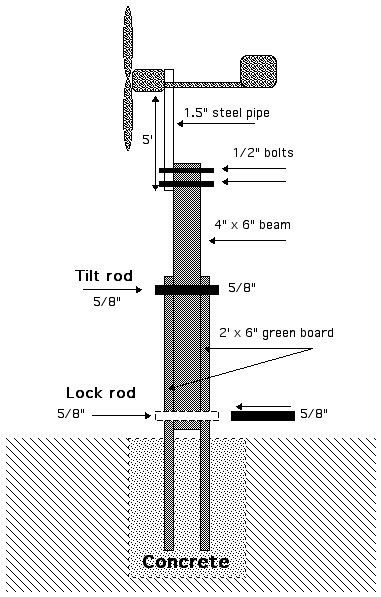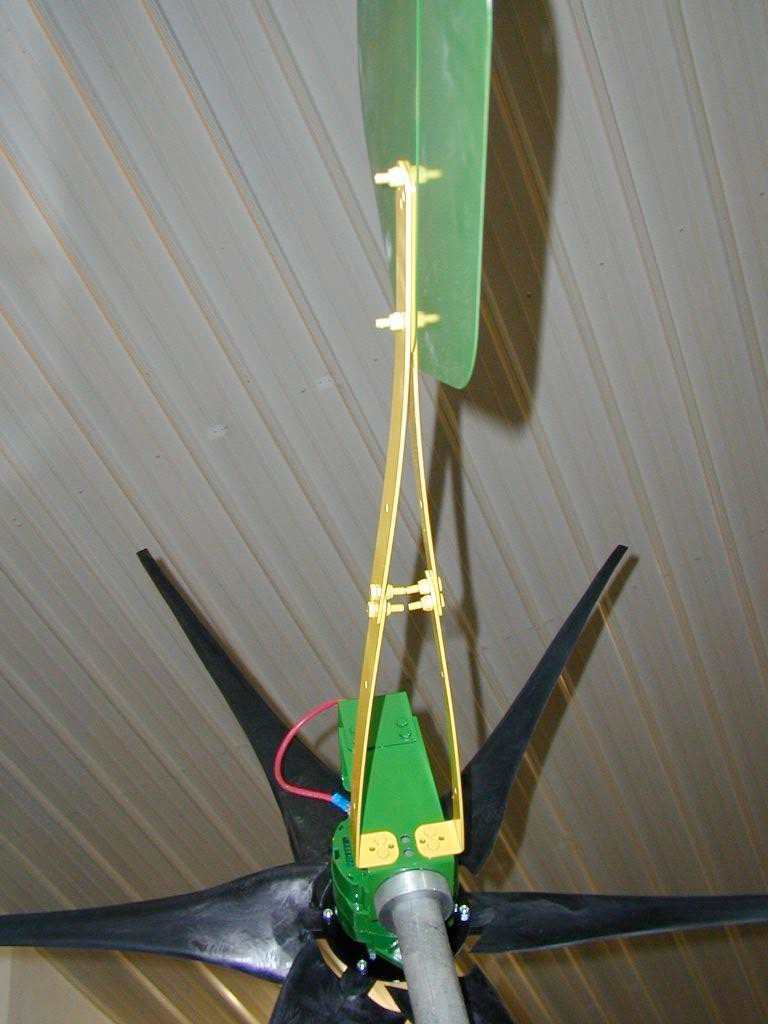|
|

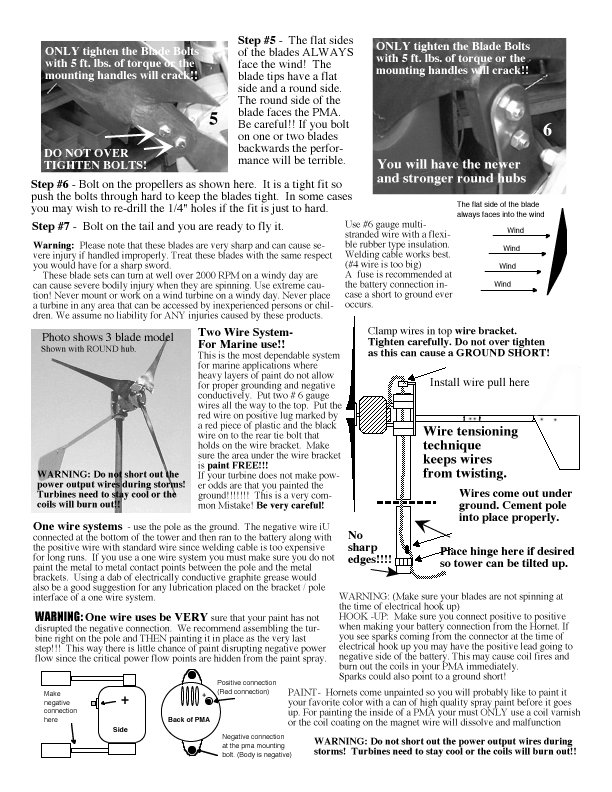
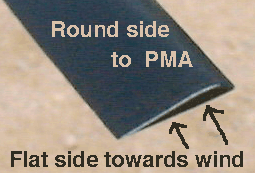
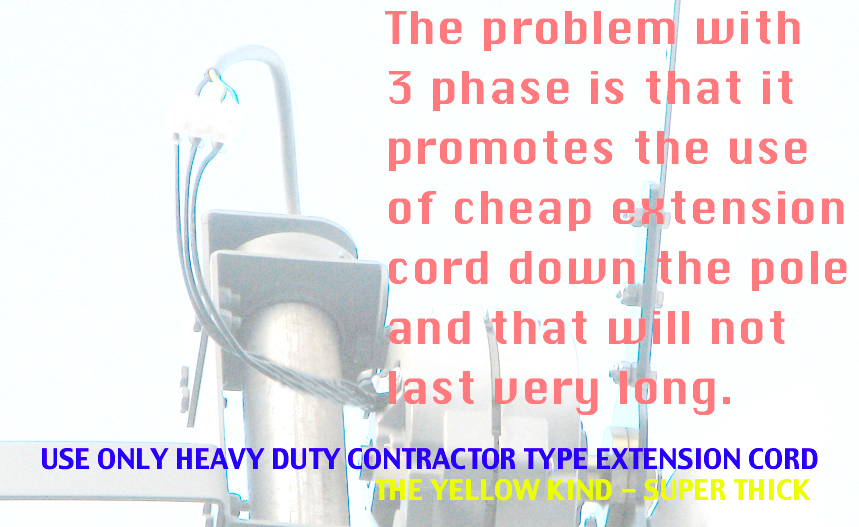

|
FOR TWIN TAIL TYPES |



20 amp AC breaker for 24 volt systems
40 amp AC breaker for 12 volt systems
30 amp AC breaker for 24 volt systems
50 amp AC breaker for 12 volt systems
 BATTERY CONTROLLERS INFO
BATTERY CONTROLLERS INFO
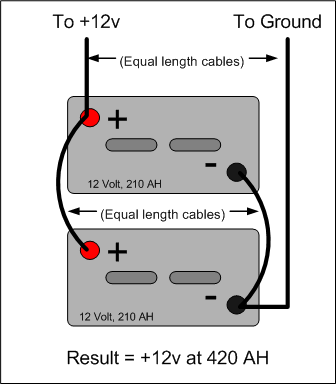 TURN OFF ALL ELECTRICITY BEFORE
MAKING ANY
TURN OFF ALL ELECTRICITY BEFORE
MAKING ANY
 Slip Rings are not the correct technology for small
wind turbines.
Slip Rings are not the correct technology for small
wind turbines.
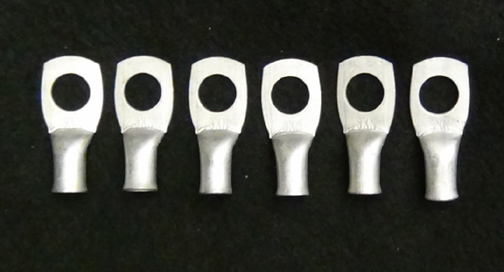
To replace the slip rings in your old wind turbine or to install one of ours you will need two pieces of 6# welding wire, one red and one black. This will go inside the pole tower and can withstand lots of twisting and turning motion.
Is #6 AWG wire large enough for your lateral wire run?
Maybe not if you have a long run.
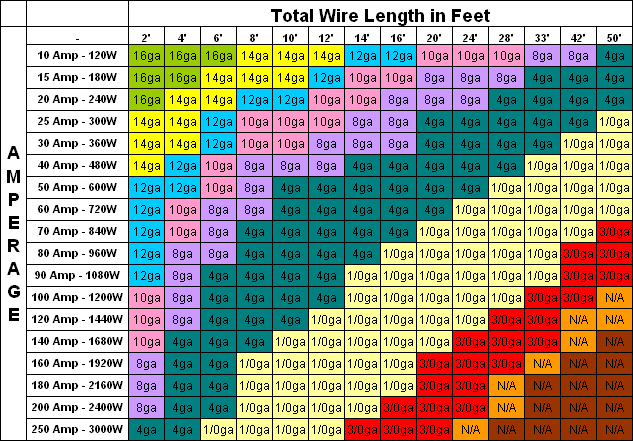
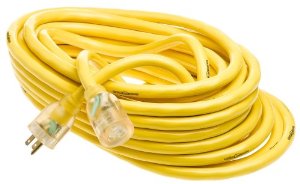
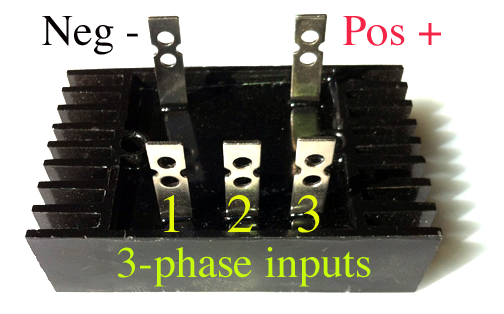
"Carbon brushes wear out, sooner or later but most often they fail by snapping like ice sickles in any
freezing weather and those are just a few of the cold hard facts against the use of carbon brushes in general"
OTHER TOWER IDEAS USING WOOD FRAME
